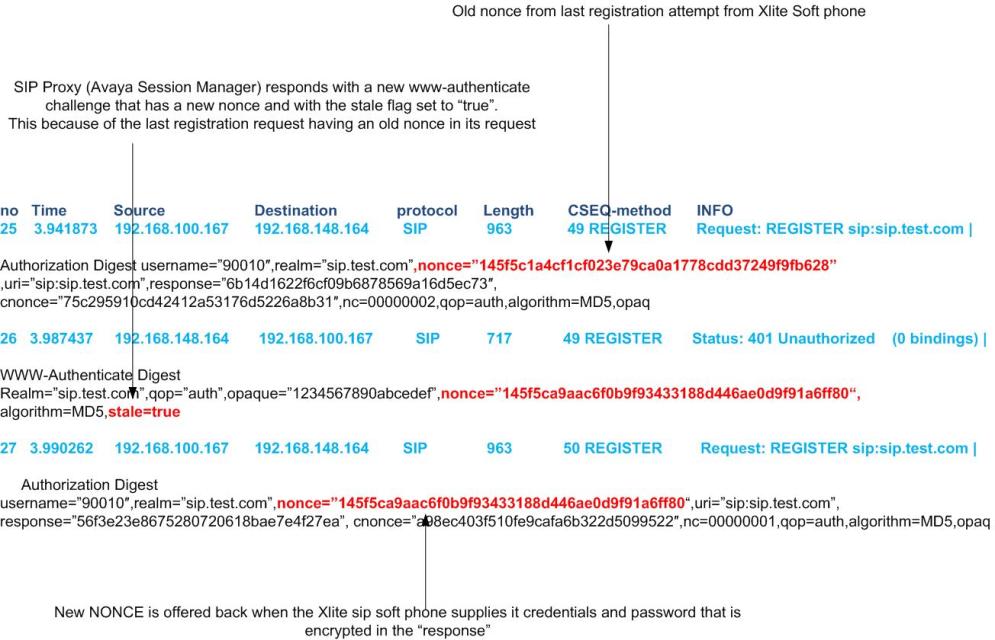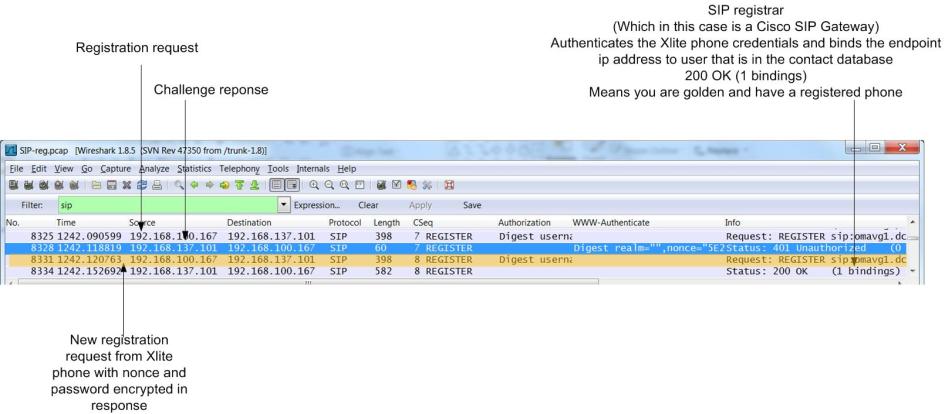FILE DESCRIPTORS
Depending on the size of your system and your configuration, Asterisk can consume a large number of file descriptors. In UNIX, file descriptors are used for more than just files on disk. File descriptors are also used for handling network communication (e.g. SIP, IAX2, or H.323 calls) and hardware access (e.g. analog and digital trunk hardware). Asterisk accesses many on-disk files for everything from configuration information to voicemail storage.
Most systems limit the number of file descriptors that Asterisk can have open at one time. This can limit the number of simultaneous calls that your system can handle. For example, if the limit is set at 1024 (a common default value) Asterisk can handle approximately 150 SIP calls simultaneously. To change the number of file descriptors follow the instructions for your system below:
PAM-BASED LINUX SYSTEM
If your system uses PAM (Pluggable Authentication Modules) edit
/etc/security/limits.conf. Add these lines to the bottom of the file:root soft nofile 4096
root hard nofile 8196
asterisk soft nofile 4096
asterisk hard nofile 8196
(adjust the numbers to taste). You may need to reboot the system for these changes to take effect.
GENERIC UNIX SYSTEM
If there are no instructions specifically adapted to your system above you can try adding the command
ulimit -n 8192 to the script that starts Asterisk.MORE INFORMATION
See the doc directory for more documentation on various features. Again, please read all the configuration samples that include documentation on the configuration options.
Finally, you may wish to visit the support site and join the mailing list if you're interested in getting more information.
Welcome to the growing worldwide community of Asterisk users!
Mark Spencer, and the Asterisk.org development community

 Server: Cisco-SIPGateway/IOS-15.2.4.M4
Server: Cisco-SIPGateway/IOS-15.2.4.M4 

